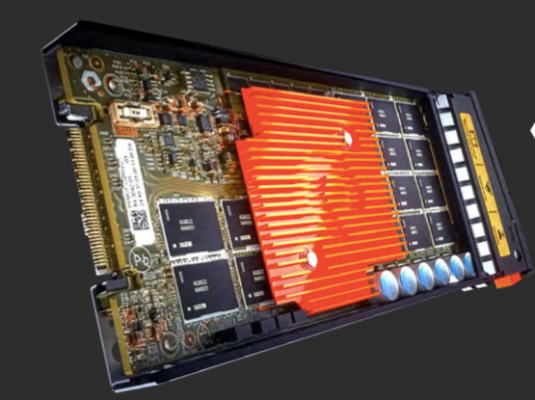Pure Storage, which went public in 2015, has been focused on mainstreaming Flash since its earliest days. Perhaps it shouldn’t come as a surprise that it’s attempting to do the same thing with latest generation of Flash technology called NVMe.
NVMe is a modern communications protocol designed specifically for Flash storage systems. Pure is releasing several new products today built on this technology.
Matt Kixmoeller, VP of product at Pure sees NVMe systems as a similar kind of opportunity for his company as the original one back in 2009 with Flash storage. While there have been NVMe systems offered by competing companies, these have not really mainstreamed because of high cost in Kixmoeller’s view. Today’s announcement is about making these systems more accessible.
One of the big issues with traditional hard drives, according to Kixmoeller, was that as they got bigger, the efficiency decreased. “One of the challenge [for the industry] is that, the same thing that killed hard drives is happening to Flash. Hard drives died because they made larger ones, but they never got faster,” he explained. Pure is aiming to solve that issue.
That has been at least partly due to the fact that up until now Flash drives have been configured as a separate units, each with its own controller chip. This has resulted in huge processing inefficiency because each drive was like a walled garden without any knowledge of what the other drives in the array were doing.
Part of Pure’s announcement is to solve that problem with a new “DirectFlash” module, which acts as a central control unit for the entire array allowing for more intelligent and efficient management of the drives across the array. Instead of a single chip managing a single drive, you now have a single piece of hardware managing all of the drives. That should mean it’s simpler to manage with faster throughput and more efficient use of storage resources, according to the company.
The company is combining this hardware with new software to drive that efficiency and global controllers to facilitate communication inside the Flash array. They are delivering all of this in a standard 3u chassis, which should please network administrators.
Lest you think this new technology means getting rid of the existing investment, Kixmoeller said they were careful to maintain backward compatibility even with the new hardware setup including the new controller card. That means you can mix older drives with the new NVMe ones, and while you won’t maximize the performance increase, you will still get a boost, he said.
The company will be offering this in 2.2, 9.1 and 18.3 TB Flash configurations. The two smaller arrays will be available in Q2 with the largest one scheduled for release in Q3, according to the company. For now, everything is in Beta.
